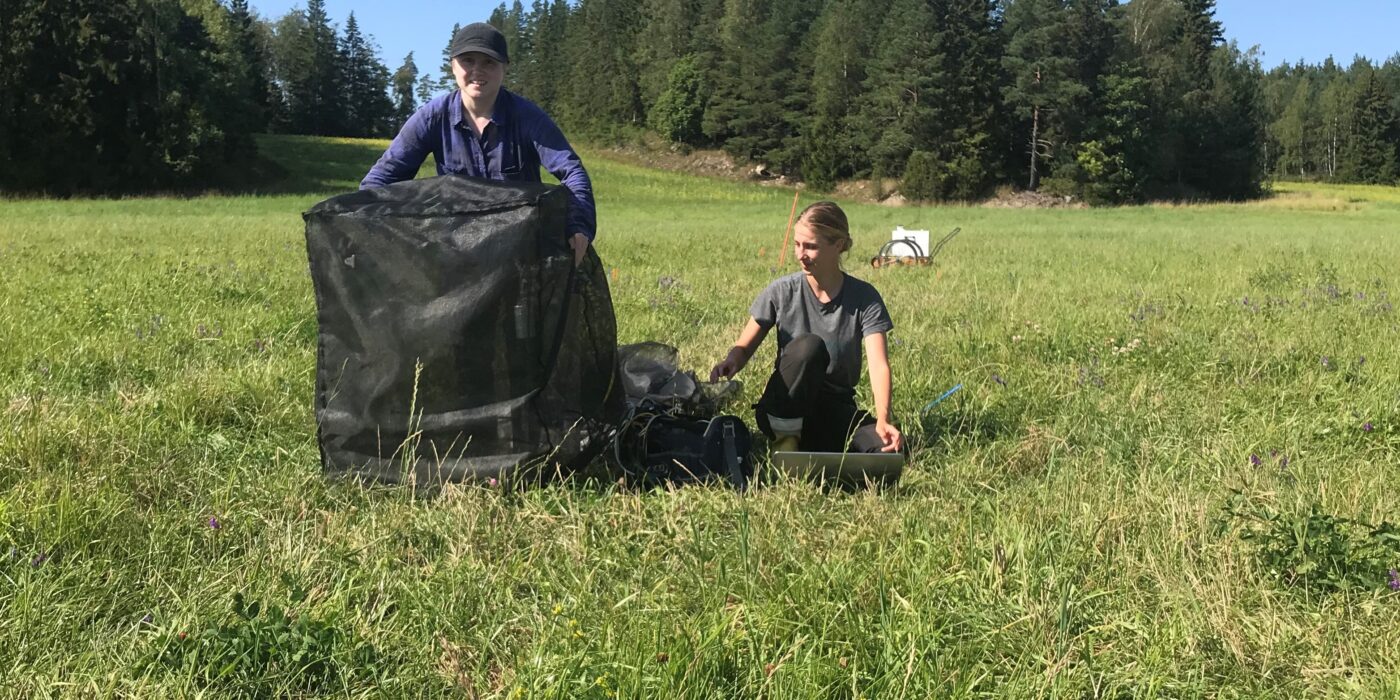It all starts from beneath our feet. A healthy soil is a prerequisite for food production. It is also a huge carbon sink and maintains the biodiversity of our planet. That gives it a key role in solving global climate and biodiversity challenges. As we are building a sustainable future, it is especially important to pay attention to the soil and to strengthen multidisciplinary soil know-how both nationally and internationally.
The soil is important in our daily lives. We rarely remember that the soil plays an essential role in our lives – not only in providing us with drinking water and nearly all the food we eat – but also for our swimming waters, construction, transportation, landscapes, and bioenergy production. The soil is also the second most significant carbon storage after the oceans. Carbon sequestration and storage in soil is important in fighting climate change and for the fertility and structure of the soil, and through that, to the crop yield and food security.
In addition to the ecosystem services provided by the soil, often taken for granted, a healthy soil is also essential to biodiversity. One spoonful of soil contains more living organisms than there are people on Earth. It is estimated that about a quarter of all biodiversity on Earth is in the soil.
Because of this, soil has become more important in research, decision making and in practical work in the past few years. For example, the Food and Agriculture Organization of the United Nations published a comprehensive report on soil biodiversity last year and organized a global symposium for soil in April. The 4 per 1000 soil initiative was launched at the Paris Climate Conference in 2015. The initiative aims at increasing carbon storage in the soil by 4‰ annually. The initiative aims at cutting current carbon dioxide emissions significantly. Finland was one of the first countries to sign the initiative, and it is included in current government policy.
The wellbeing of soil is also included in several strategies and initiatives on the European level. These strategies and initiatives include the EU Biodiversity Strategy and the From Farm to Fork Strategy, as well as the Common Agricultural Policy. The European Commission is now preparing a completely new soil directive that aims at promoting sustainable use of the soil and preserving soil resources.
The soil comes up more often in European research too. The new Horizon Europe research initiative emphasizes mission-led research that concentrates on finding solutions to global sustainability challenges. The Commission has selected five missions for the programme, one of which concerns the soil. The report behind the mission, “Caring for Soil is Caring for Life,” demonstrates how important the soil mission is to Europe. The soil has also been recognised as an important research topic in the European Joint Programme for Soil (EJP Soil). The goal is to create a strong European research network that aims at climate-smart and sustainable management of farmlands. In Finland, EJP Soil is directed by the Ministry of Agriculture and Forestry and the national partner and coordinator is the Natural Resources Institute Finland.

In many ways, Finnish soil and climate are different from those in other parts of Europe. The distinctive features of our climate, bedrock and our location at the shores of the Baltic Sea, mean that we cannot outsource soil research and development of know-how to others. We need our own research and action to ensure our soil is healthy. We also have to remember that in Central Europe soil research and activities concentrate almost solely on farmland. In Finland, the forests and their soil are also very important in achieving sustainability goals. We know that healthy, well-growing forests store carbon in the soil efficiently. However, the need for more scientific information on forest soils is great: we already know quite a lot about carbon storage in trees above the soil, but we need much more knowledge about the amounts of carbon in forest soils and the dynamics involved.
To support their activities, farmers and forest owners as well as other stakeholders in the land use sector need more specific, extensive and up-to-date information about the soil and the processes happening in it. Promoting healthy soils and sustainable use of soils is an important theme for the Ministry of Agriculture and Forestry. The Ministry funds and is involved in supporting various different projects that aim at sustainable use of soil. Creating knowledge on the soil and putting it to practice have an important role in the extensive Catch the Carbon climate action package in the land use sector.
In many ways, Finland is already one of the top countries in soil research. We have high-quality multidisciplinary research activities and infrastructures in soil research. Our soil researchers have created good networks with other stakeholders. The Soil at Risk symposium at the end of June will gather scientists, farmers, businesses and decision markers to create a path for developing research activity. In 2023, Finland will host the 4 p 1000 Northern Europe event together with the 4 p 1000 initiative. These events will highlight Finland’s role in promoting soil carbon sequestration as well as advance international networking for Finnish soil research and other stakeholders.
It is good to remember that in addition to the programmes already in action, we might find something completely new and revolutionary in the soil for new industries. For example, the microbes found in Finnish bogs have played an important role in the development of clean energy production at Q Power. Increased knowledge about the soil also provides opportunities for biotechnology and though that, for new innovations that can be commercialized in, for example, drug development.
Safeguarding healthy soils is one of the most important challenges both globally and nationally. Now, it is time to direct our attention and action to the grassroots, to make sure that the future generations have healthy soil and the opportunities it provides.
Author: Marjaana Suorsa
Video: Elina Nikkola, Anna Salminen, and Juuli Hilska, Ministry of Agriculture and Forestry.

